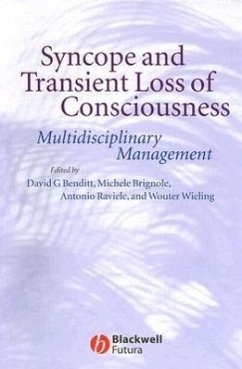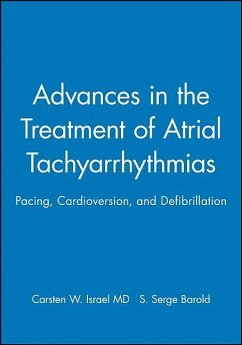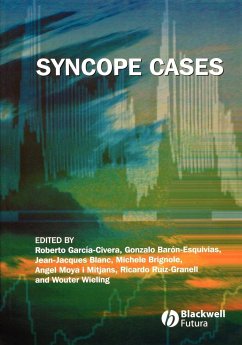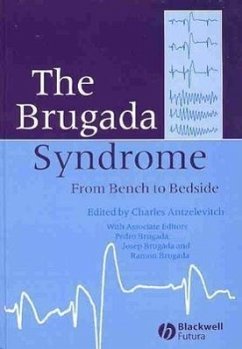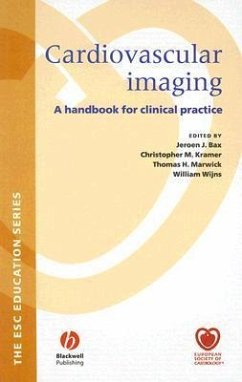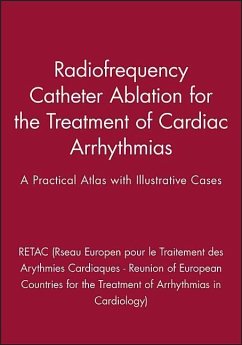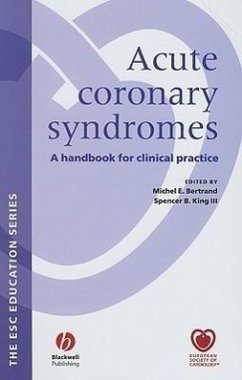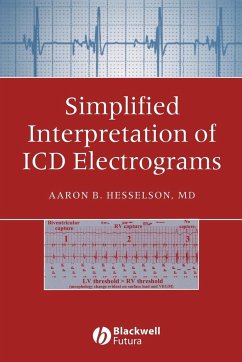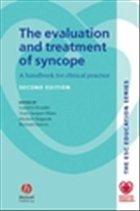
The Evaluation and Treatment of Syncope
A Handbook for Clinical Practice
Herausgeber: Benditt, David G; Sutton, Richard; Brignole, Michele; Blanc, Jean-Jacques

PAYBACK Punkte
51 °P sammeln!
Designed for the practitioner, this handbook provides an easy-to-read overview of how to evaluate and treat patients with a history of fainting. The 2nd Edition has been fully revised to contain all the latest information concerning diagnosis and treatment. It is based on the 2004 update of the ESC Guidelines on the Management of Syncope and offers up-to-date direction based on comprehensive analysis. All chapters share a consistent structure and are concise - only essential references are included. However, each chapter comes with suggestions for further reading and a comprehensive literature...
Designed for the practitioner, this handbook provides an easy-to-read overview of how to evaluate and treat patients with a history of fainting. The 2nd Edition has been fully revised to contain all the latest information concerning diagnosis and treatment. It is based on the 2004 update of the ESC Guidelines on the Management of Syncope and offers up-to-date direction based on comprehensive analysis. All chapters share a consistent structure and are concise - only essential references are included. However, each chapter comes with suggestions for further reading and a comprehensive literature source is provided separately at the end of the book and divided into major interest areas. All in all, this is a convenient compendium for clinical use that should be kept for reference in the clinic, office or emergency department. The ESC Education Series This book is part of the ESC Education Series. The series is designed to provide medical professionals with the latest information about the understanding, diagnosis and treatment of cardiovascular diseases. Where available, management recommendations are based on the established European Guidelines, which encompass the best techniques to use with each cardiac disease. Throughout the series, the leading international opinion leaders have been chosen to edit and contribute to the books. The information is presented in a succinct and accessible format with a clinical focus.




